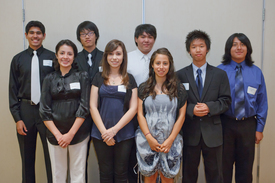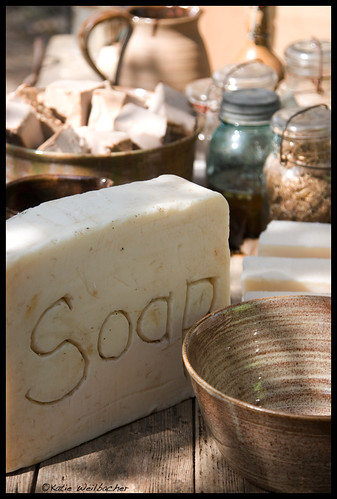
Click here for the Table of Contents
“The most engaging tool of all is an enthusiastic teacher who provides high, clear expectations and connects with students on a personal level. Good teaching is good teaching, even today.” This quote from the
Editor’s Corner sums up what has always been true, regardless of the current distractions and free-time options that students have. Who remembers the discussions in the mid-20
th century about the (negative) effects of television on learning? Or had parents who couldn’t understand how kids could do homework with music playing on the radio or (gasp!) record player? So the 2011 student on the cover with a laptop and smart phone has technology that’s been kicked up quite a few notches, but there have always been perceived distractions.
I’ve found that motivation comes from within an individual. As a teacher I could threaten, reward, or plead with students for compliance, but the ultimate decision to participate was up to the student. The article
What Students Really Want in Science Class describes a study in which students “want” the following: hands-on activities, active and interactive learning, being treated as people, and “stories” (narratives that connect content and show its relevance). This article dovetails with
Teaching and Assessing the Nature of Science—these would make interesting reading at a department meeting or inservice event. (And I’d second the suggestion for the
Understanding Science website for more on the nature of science.)
In a focus group that I conducted with high school students, they said the worst thing they did in class is copy notes from the board. They felt they learned best from class discussions, working together, and projects that allowed them to use their problem-solving skills and creativity. One student noted “We might moan about doing a project or having a discussion, but don’t take us seriously…we like them.” I also asked if they ever thought a topic in science was going to be boring, only to find that it was really interesting. The all said yes, and I asked what changed their minds. Virtually every student said it was something the teacher did that made the topic or the activity compelling for them.
The students also noted that they liked to work together. They may need some modeling and guidance on how to do that, and technology described in
Science 2.0: Science Teaching and “the Cloud” could facilitate collaboration across geography and time. Many of the Web 2.0 tools foster online collaboration—the article describes Drop Box and Google Docs for sharing files collaboratively. No need to paste and download versions in emails.
Students also like to show their creativity with interesting projects.
Adopt-a-Dino capitalizes on the interest students have in these animals (the topic of paleontology is not must just for elementary students) with examples of student projects and presentations (the photos, handouts, and rubrics are very helpful). [SciLinks:
Dinosaurs]
Rather than competing with popular culture,
I’ll Bring the Popcorn has ideas for analyzing popular move clips for the science (or lack of science) in them. The author describes several movie scenes and offers suggestions for the appropriate use of these in class. I suspect that once students start looking at films through a science lens, they’ll be able to suggest additional examples.
Avatar in the Science Classroom gets even more specific—designing a dream ecosystem. The authors include suggestions for this creative project as well as rubrics for assessing what students are learning. [SciLinks:
Ecosystems]
Don’t forget to look at the
Connections for this issue (September 2011). Even if the article does not quite fit with your lesson agenda, this resource has ideas for handouts, background information sheets, data sheets, rubrics, etc.





 You may have seen
You may have seen 







